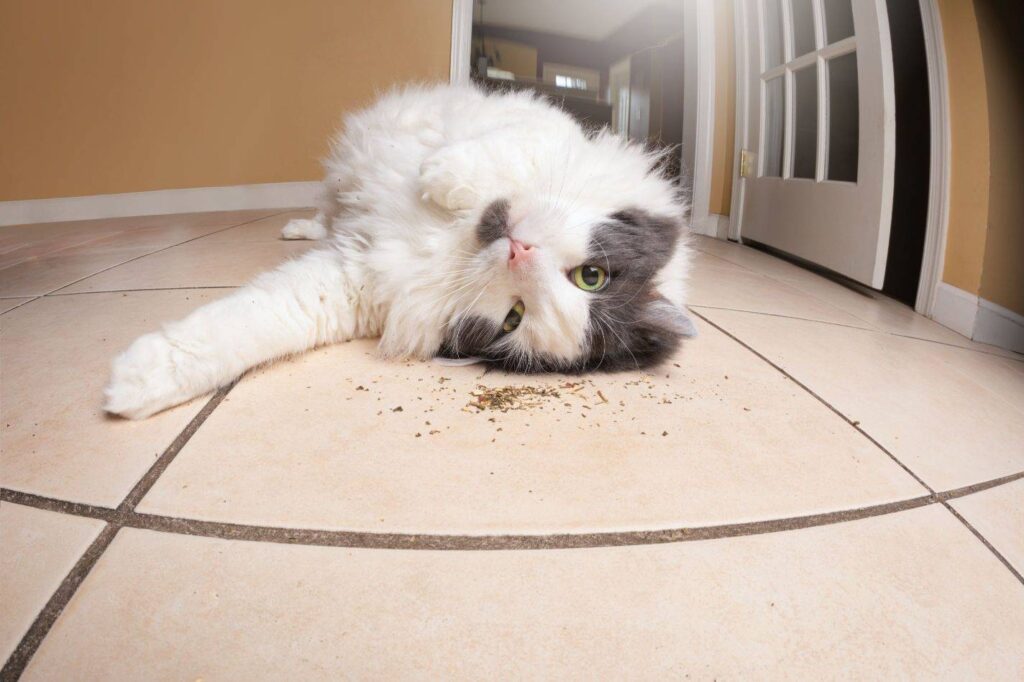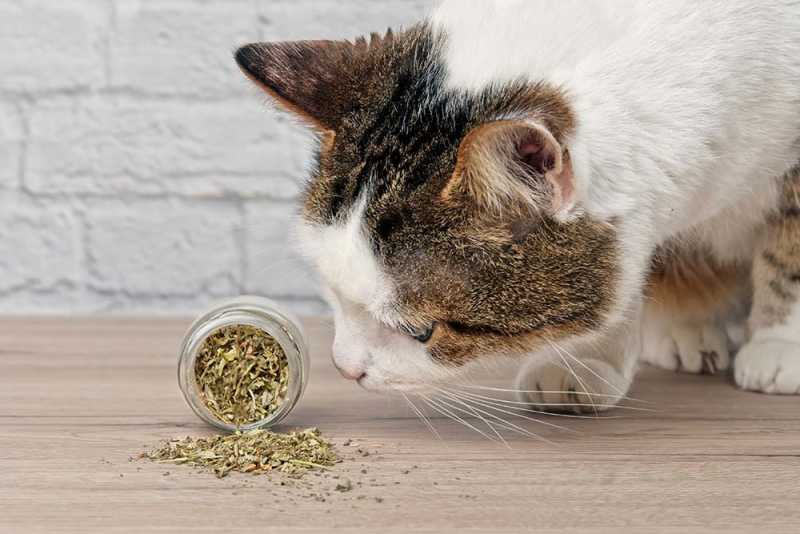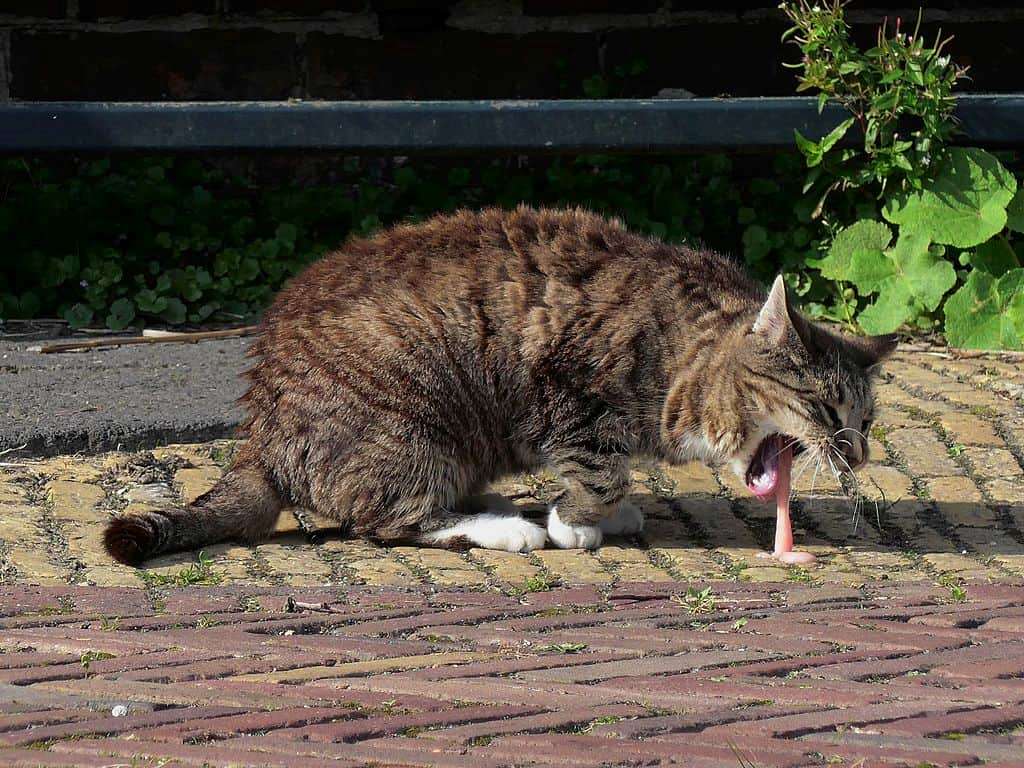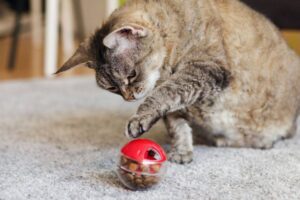Catnip Overdose or Something More Serious? How to Tell the Difference

As a cat owner, you may have heard of catnip and its effects on your feline friend. Catnip is a herb that produces a chemical called nepetalactone, which has a euphoric effect on cats. While it is generally safe for cats to consume, there is a risk of catnip overdose if they are exposed to too much of it. In this article, we will discuss how to tell the difference between a catnip overdose and something more serious.
What is Catnip Overdose?

A catnip overdose occurs when a cat consumes too much catnip, leading to various symptoms. These symptoms include:
- Dilated pupils
- Hyperactivity
- Aggression
- Restlessness
- Vocalization
- Vomiting
- Diarrhea
- Incoordination
- Tremors
While these symptoms can be alarming, a catnip overdose is not usually life-threatening. However, it is still important to monitor your cat’s behavior and seek veterinary care if you notice any of these concerning symptoms.
Signs of Something More Serious

While a catnip overdose may cause disturbing symptoms, there are other conditions that can present with similar symptoms. It is important to be able to recognize the signs of something more serious, such as:
- Poisoning – Cats are curious creatures and may ingest poisonous substances accidentally. If you suspect that your cat has ingested something toxic, seek veterinary care immediately. Symptoms of poisoning include vomiting, diarrhea, lethargy, seizures, and difficulty breathing.
- Infection – Infections such as feline infectious peritonitis (FIP) or feline immunodeficiency virus (FIV) can cause symptoms similar to those of an overdose. These infections can be life-threatening, and it is important to seek veterinary care immediately if you notice any concerning symptoms.
- Neurological Conditions – Conditions such as seizures or epilepsy can cause symptoms similar to those of an overdose. These conditions require immediate veterinary care, and it is important to seek medical attention if you notice any concerning symptoms.
Diagnosis and Treatment
If you suspect that your cat has consumed too much catnip, it is important to monitor their behavior and seek veterinary care if necessary. Your veterinarian will perform a physical examination and may order diagnostic tests such as blood work or imaging to determine the underlying cause of your cat’s symptoms.
Treatment for a catnip overdose may involve supportive care such as fluid therapy, anti-nausea medication, and monitoring for any complications. If your cat has ingested something toxic, treatment may involve decontamination and supportive care.
Preventing Catnip Overdose
Preventing a catnip overdose is a simple yet essential aspect of responsible cat care. By following a few guidelines, you can ensure the well-being and safety of your feline companion. Here are some additional details to consider when it comes to preventing catnip overdose:
- Offer Catnip in Small Amounts: When introducing catnip to your cat, start with small quantities. Sprinkle a pinch of dried catnip leaves or use a catnip-filled toy. This way, you can gauge your cat’s response and observe their behavior without overwhelming them with a large amount of catnip.
- Store Catnip Safely: To prevent accidental ingestion, store catnip securely out of your cat’s reach. Catnip is highly appealing to cats, and they may attempt to access it on their own, leading to potential overconsumption. Keep catnip products in sealed containers or cabinets that your cat cannot access.
- Rotate Catnip Usage: Cats can develop a tolerance to catnip over time, which may reduce its effects. To keep the experience fresh and enjoyable for your cat, consider rotating different types of catnip or offering it on an occasional basis rather than daily. This approach helps maintain the novelty of catnip and prevents overexposure.
- Consider Catnip Alternatives: If you’re concerned about potential catnip overdose or if your cat doesn’t respond well to catnip, there are alternative herbs and plants that you can explore. Examples include valerian root, silver vine, or honeysuckle wood. These alternatives can offer similar stimulating effects without the risk of overstimulation.
Conclusion
In conclusion, a catnip overdose can cause concerning symptoms, but it is not usually life-threatening. However, it is important to be able to recognize the signs of something more serious, such as poisoning or infection, and seek veterinary care if necessary. By monitoring your cat’s behavior and offering catnip in small amounts, you can prevent a catnip overdose and keep your feline friend safe and healthy.


